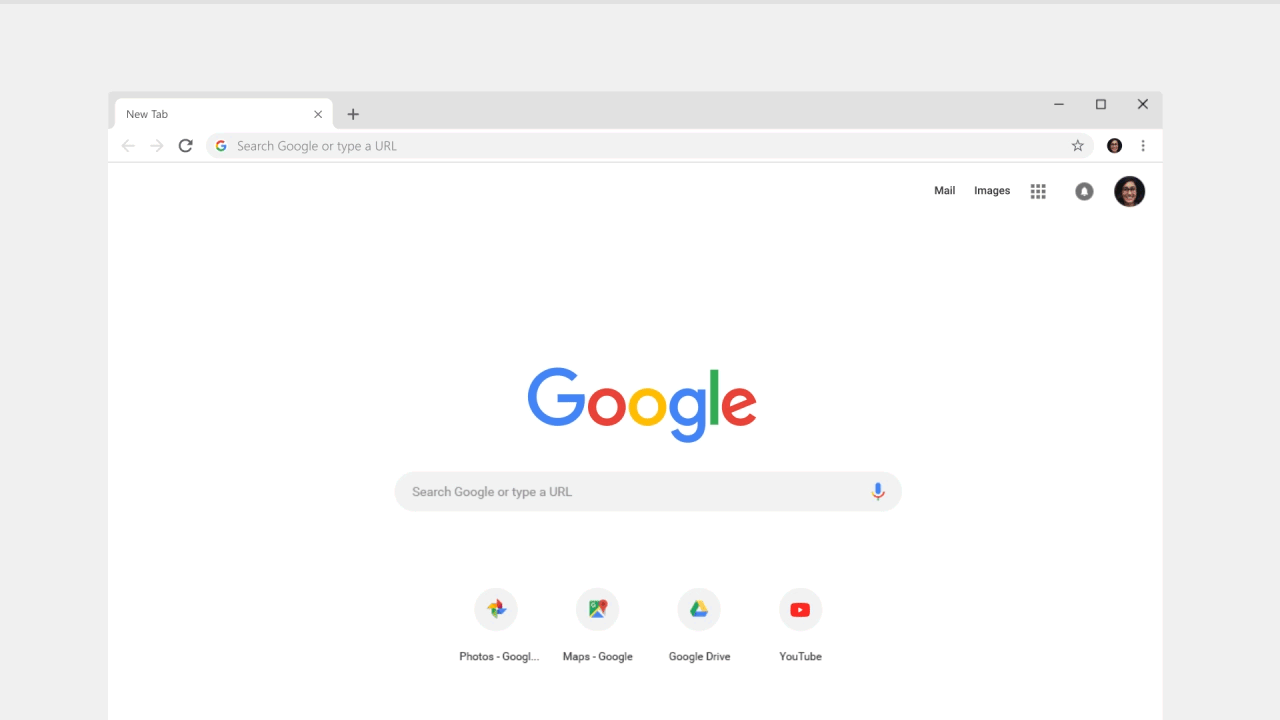Google’s new Chrome design launches with rounded tabs, new mobile layout, and updated password manager

Chrome is getting a new look today, 10 years after Google’s browser first launched. The new design includes rounded shapes and tabs, a fresh color palette, and updated icons. Google is updating the whole of Chrome to include this new user interface, and altering prompts, menus, and URLs in the address bar to match the new design. It’s a big overhaul.
The new rounded tabs are perhaps the most noticeable change, moving Chrome away from the trapezoid-like shaped tabs that have been available for years. Chrome’s new tabs are designed to be easier to see at a glance, which will be useful for those who like to have far too many tabs open in their browser.
![]()
 Google is also tweaking how its omnibox (address bar) works by showing answers to results directly in the bar without opening a new tab. Results like information on celebrities, sporting events, and weather will automatically appear in the address bar, and you’ll even be able to use the address bar to find an open tab and switch to it.
Google is also tweaking how its omnibox (address bar) works by showing answers to results directly in the bar without opening a new tab. Results like information on celebrities, sporting events, and weather will automatically appear in the address bar, and you’ll even be able to use the address bar to find an open tab and switch to it.
Google is making some changes to how autofill works in Chrome. This latest version, Chrome 69, will more accurately fill in passwords, addresses, and credit card numbers into forms and store this information in a Google Account. Google is also getting an improved password manager that will automatically generate and suggest a strong password for sites when you sign up to them. Chrome will then store this password and make it available on both desktop and mobile.

The new Chrome design will be available across desktop on PC and Mac, and of course on the mobile versions of Chrome on iOS and Android. Chrome for iOS is getting a significant overhaul as Google is moving the toolbar to the bottom to make it easier to reach items in the browser.![]()
Alongside the new design, Google is also celebrating Chrome’s 10th birthday. The company has updated its Dino Game Easter egg, that appears when there’s no internet connectivity, to include birthday cakes, party hats, and balloons. It’s a fun addition, but Google is also hinting at what the next 10 years of Chrome might look like. While Google has been integrating machine learning into Chrome to detect phishing and malware sites, the company has plans to make its browser even more smarter with the help of artificial intelligence.
Google imagines scenarios where you search for a song and get the singer’s bio, an upcoming concert, and the ability to purchase tickets in Chrome. Google is also looking at improving activities like vacation planning where you have to juggle multiple tabs and documents, to make it easier to switch between hotel research and booking flights.
“When we first launched Chrome, Sundar said: ‘We think of the browser as the window to the web,’” says Rahul Roy-Chowdhury, Google’s vice president of product management. “A decade later, it’s still the tool people use to access all of the websites and applications that help them do what they want to do. As Chrome heads into the next 10 years, we want to expand that window—so you can see more and do more.”










